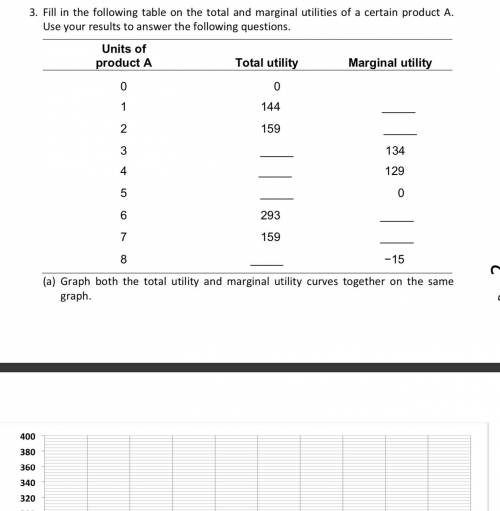Please answer part B & C only thank you.
Screenshots has been added now.
...


Answers: 3
Other questions on the subject: Business

Business, 21.06.2019 23:30, jmsmith1218
Acompany is developing a new highperformance wax for cross country ski racing. in order to justify the price marketingwants, the wax needs to be very fast. specifically, the mean time to finish their standard test course should be less thanseconds for a former olympic champion. to test it, the champion will ski the course 8 times. the champion's times(selected at random) are 59.9 61.9 48.8 52.2 46.6 45.3 50.6 and 41.1 seconds to complete the test course. complete parts a and b below. a) should they market the wax? assume the assumptions and conditions for appropriate hypothesis testing are metfor the sample. assume=0.05. what are the null and alternative hypotheses? choose the correct answer below. b) suppose they decide not to market the wax after the test, but it turns out that the wax really does lower the champion'saverage time to less thanseconds. what kind of error have they made? explain the impact to the company of such anerror.
Answers: 2

Business, 22.06.2019 08:10, rleiphart1
Bakery has bought 250 pounds of muffin dough. they want to make waffles or muffins in half-dozen packs out of it. half a dozen of muffins requires 1 lb of dough and a pack of waffles uses 3/4 lb of dough. it take bakers 6 minutes to make a half-dozen of waffles and 3 minutes to make a half-dozen of muffins. their profit will be $1.50 on each pack of waffles and $2.00 on each pack of muffins. how many of each should they make to maximize profit, if they have just 20 hours to do everything?
Answers: 3

Business, 22.06.2019 10:30, kingyogii
The rybczynski theorem describes: (a) how commodity price changes influence real factor rewards (b) how commodity price changes influence relative factor rewards. (c) how changes in factor endowments cause changes in commodity outputs. (d) how trade leads to factor price equalization.
Answers: 1

Business, 22.06.2019 12:00, elianagilbert3p3hh63
Areal estate agent is considering changing her cell phone plan. there are three plans to choose from, all of which involve a monthly service charge of $20. plan a has a cost of $.42 a minute for daytime calls and $.17 a minute for evening calls. plan b has a charge of $.52 a minute for daytime calls and $.15 a minute for evening calls. plan c has a flat rate of $80 with 275 minutes of calls allowed per month and a charge of $.38 per minute beyond that, day or evening. a. determine the total charge under each plan for this case: 150 minutes of day calls and 70 minutes of evening calls in a month. (do not round intermediate calculations. round your answer to 2 decimal places. omit the "$" sign in your response.)c. if the agent will use the service for daytime calls, over what range of call minutes will each plan be optimal? (round each answer to the nearest whole number. include the indifference point itself in each answer.)d. suppose that the agent expects both daytime and evening calls. at what point (i. e., percentage of total call minutes used for daytime calls) would she be indifferent between plans a and b?
Answers: 1
Do you know the correct answer?
Questions in other subjects:




Mathematics, 17.11.2020 18:20


Social Studies, 17.11.2020 18:20


Mathematics, 17.11.2020 18:20


Arts, 17.11.2020 18:20








